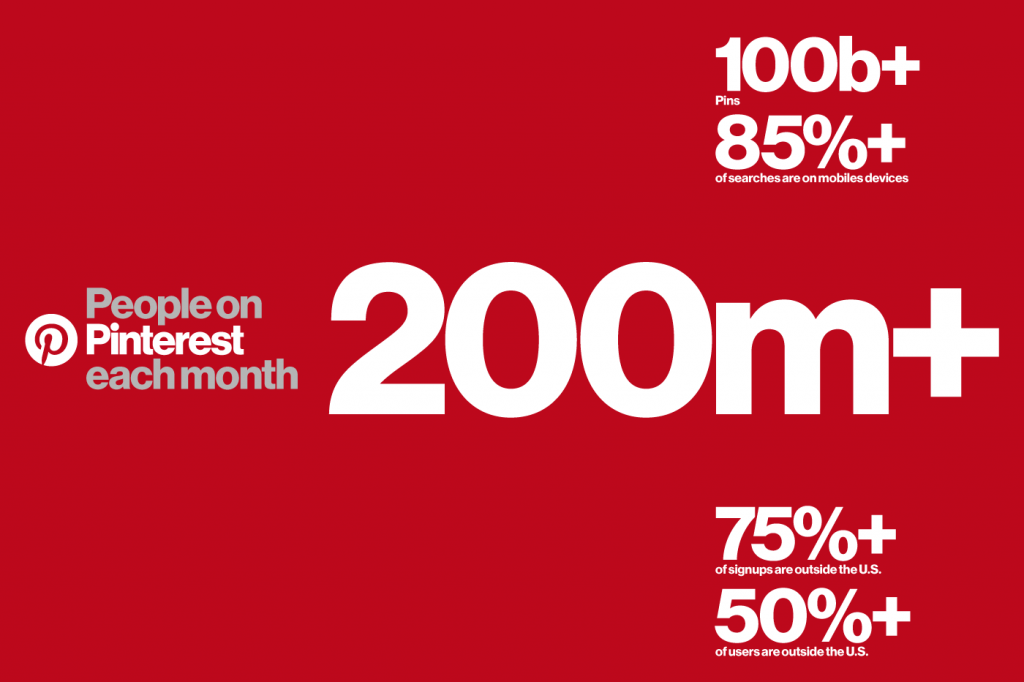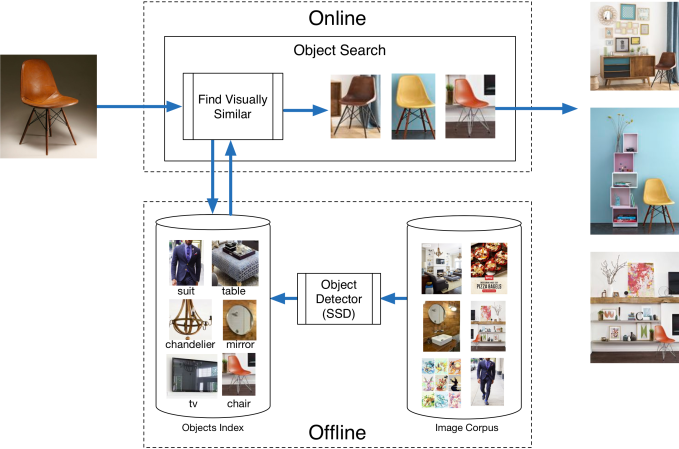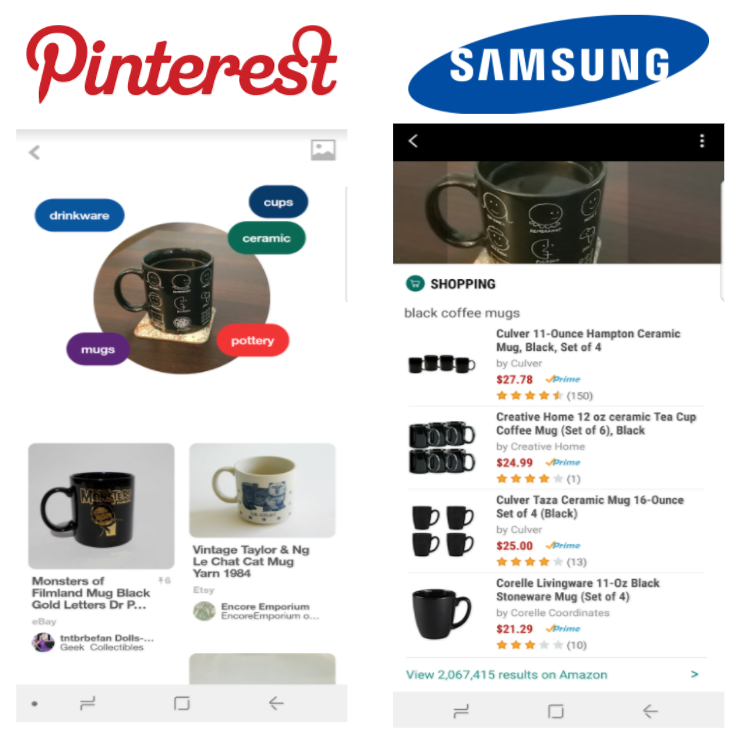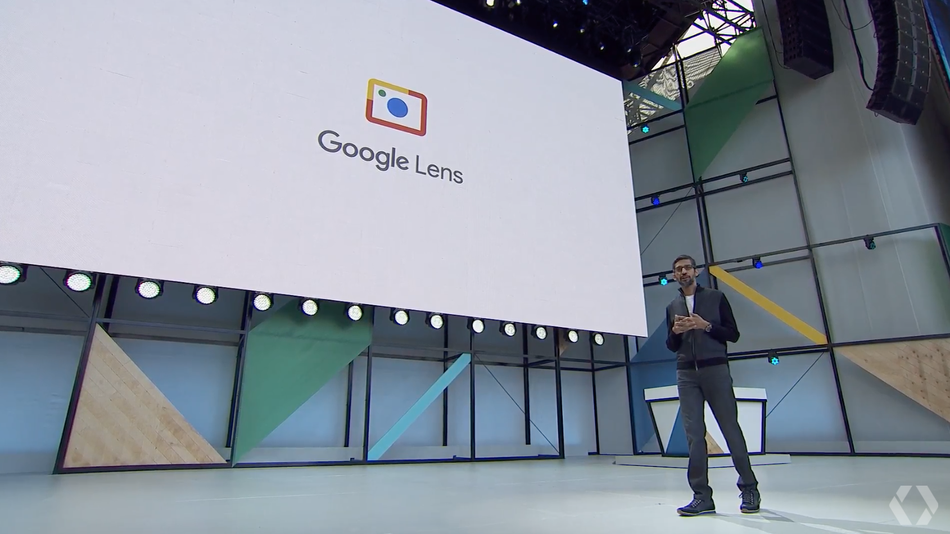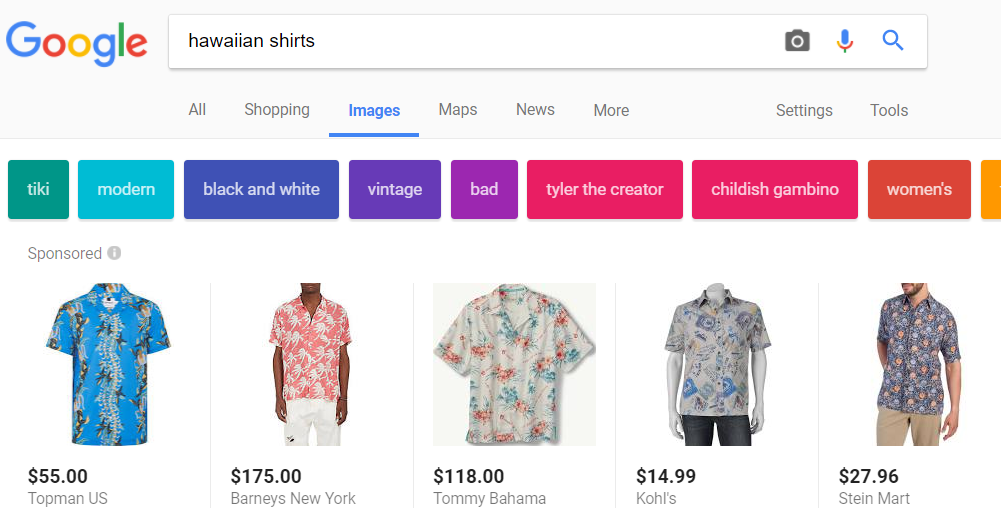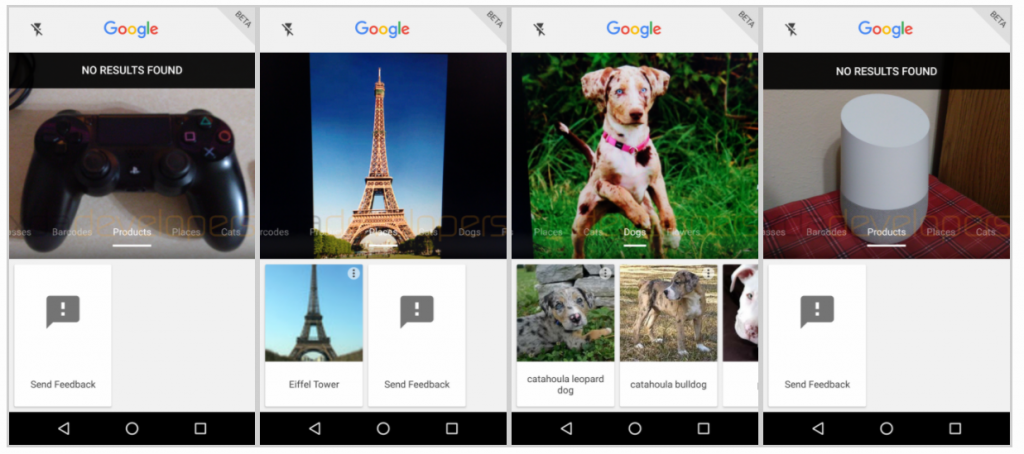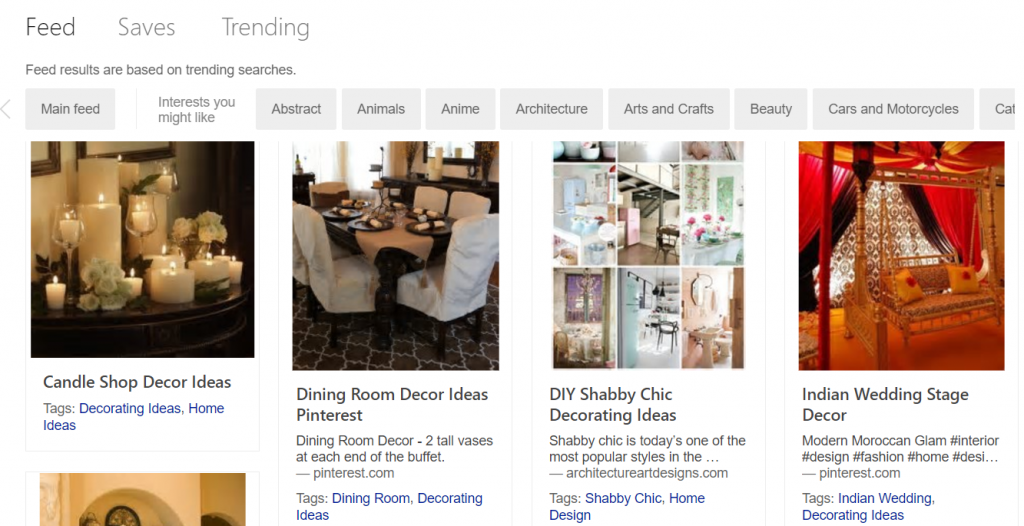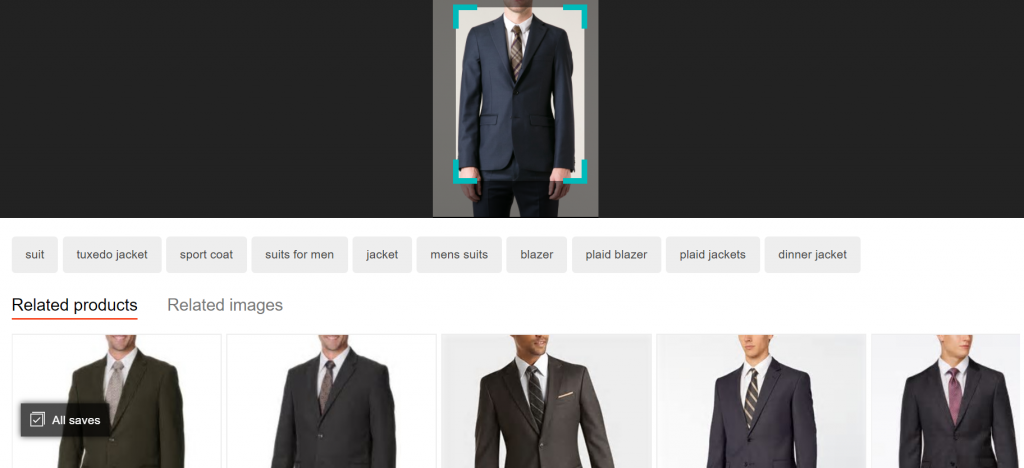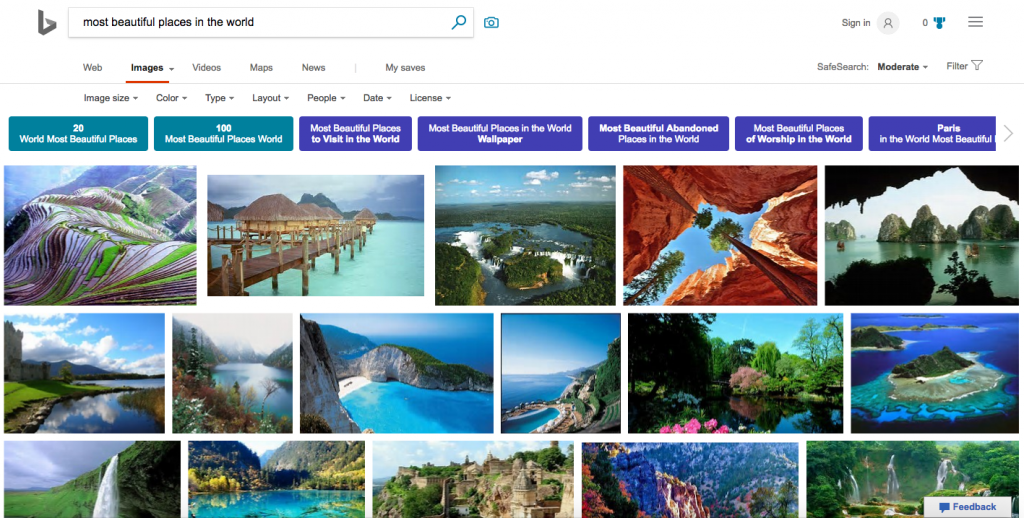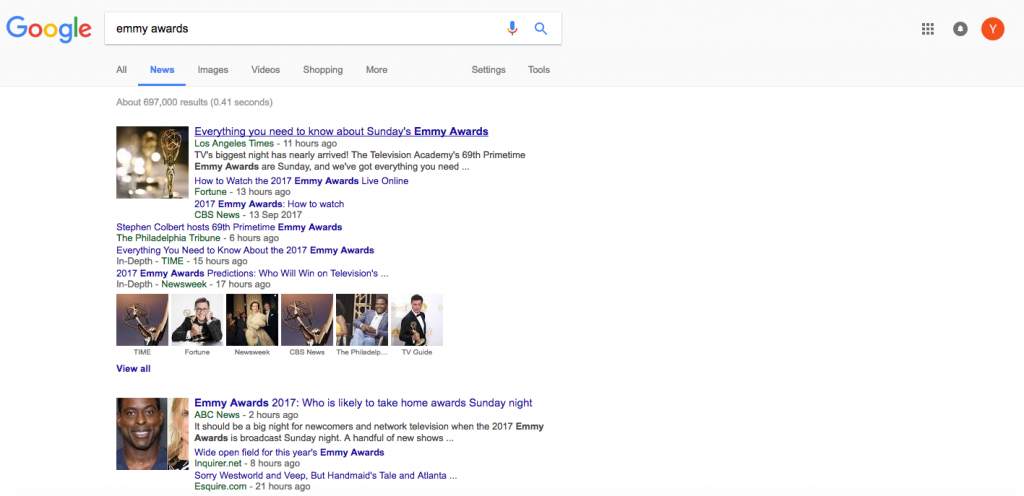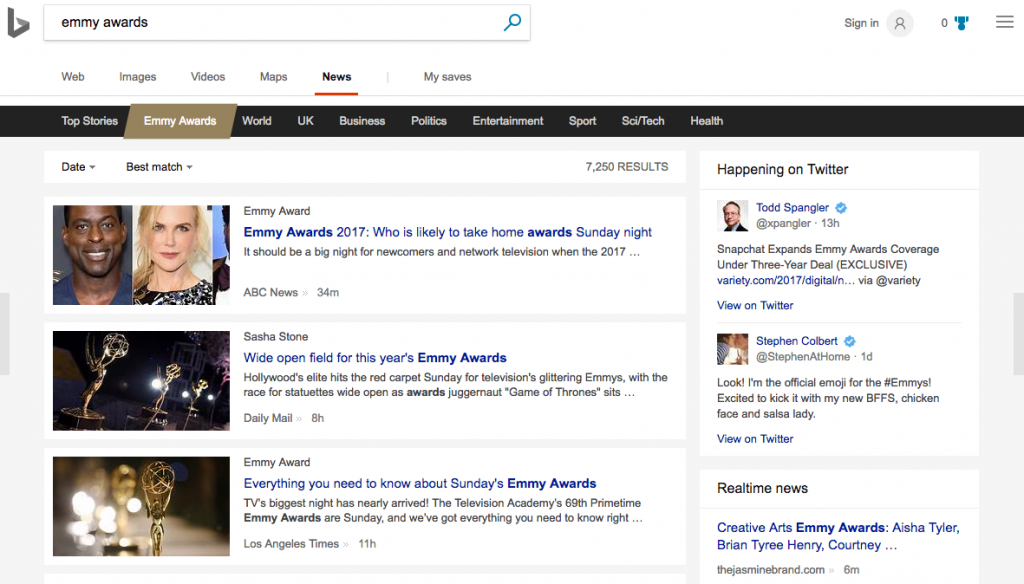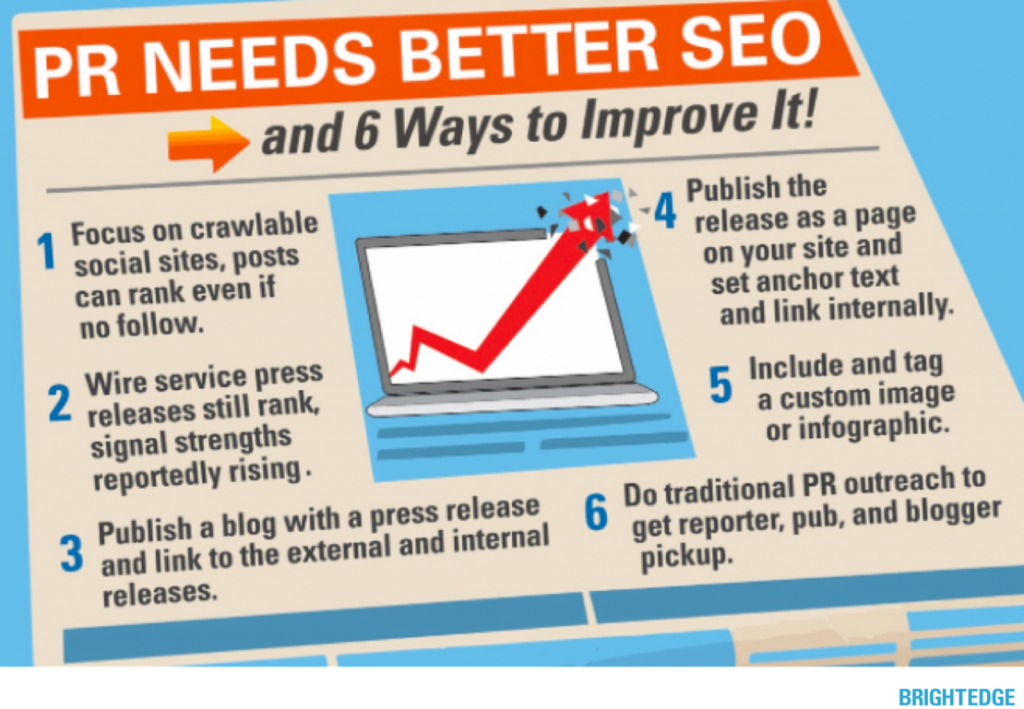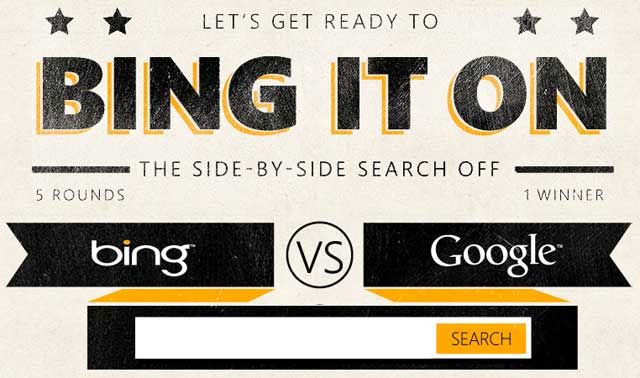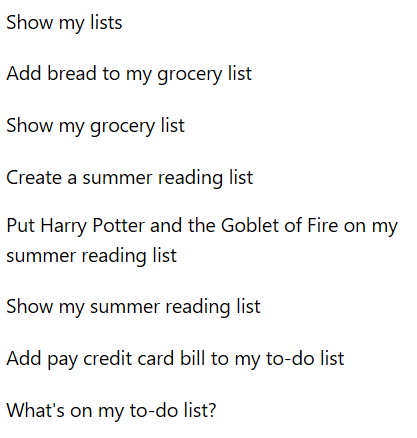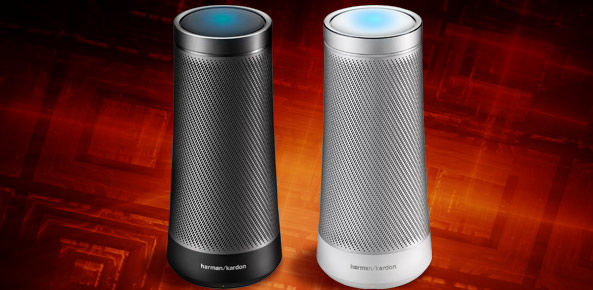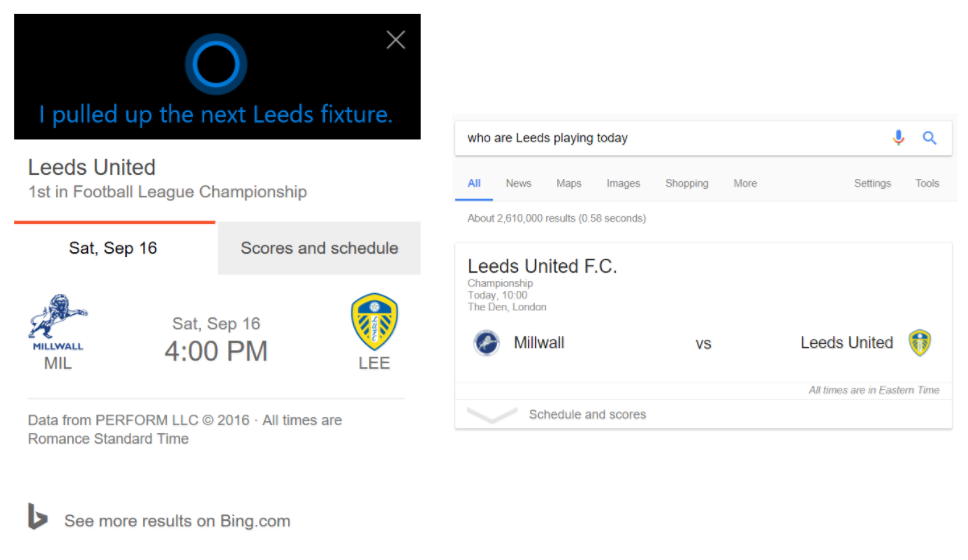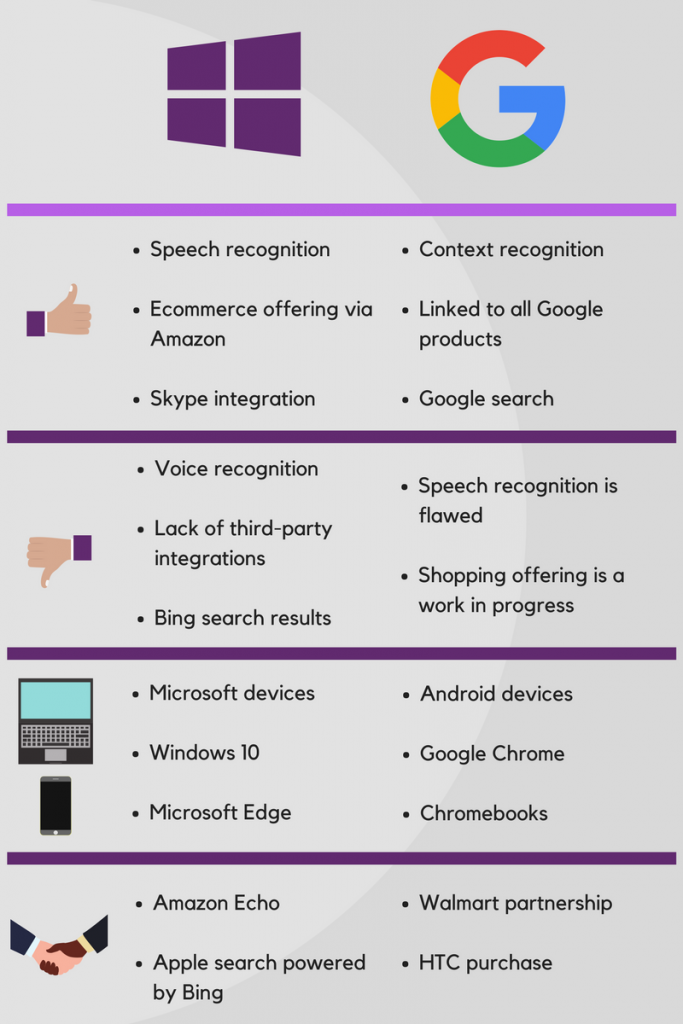It seems like a small selection of tools just keeps traveling from article to article these days.
Opening a freshly-published article on a popular blog, I feel like I’ve already read it, because I know all the listed tools.
To celebrate “undercover” tools in the marketing industry, I picked six tools I use which I seldom or never see mentioned in other people’s articles. I think they totally deserve to be in the spotlight because they are as good as (or in most cases even better than) more discussed alternatives.
1. Cloudup to store your drafts and images
I hate to think that anyone reading this isn’t using cloud storage for work. It makes your life so much easier, allowing you to access your work from anywhere in the world as well as giving you tools to easily share your content with other team members, like editors and designers.
There’s no denying that Google is the Internet master for a reason, and their Drive service is hard for anyone to beat. But plenty of people choose not to entrust Google with their private docs for privacy reasons. Even if that’s not you, it’s never smart to put all your eggs in one basket. If your business 100% relies on Google, it’s time to change your business model.
Cloudup is a great alternative to both Dropbox and Google Drive giving you 200 GB (or up to 1000 items) of free storage which makes the service one of the largest free file sharing and storage options.
You can upload and share files, create docs and spreadsheets, use a huge number of tools and extensions, communicate with your team, and more. And it is all free up to 200 GB. You can find more alternatives here.
2. Drip to power your email marketing
It is no secret that I am not a big fan of MailChimp. I find their system overly bulky and difficult to use, while their policies are so unclear you can violate them by accident.
Drip is a nice alternative to better-known email marketing systems, giving you a lot of nice features for a comparatively low price.
It has a powerful content automation feature that lets you reach your reader at exactly the time they are likely to take an action.
3. Cyfe to publish and schedule social media updates
Cyfe is one of those tools you can use for anything under the sun. It’s like a Swiss knife that has a widget for anything, including:
- invoicing (through FreshBooks and others),
- performance monitoring (through Pingdom to monitor Uptime),
- content analytics (through Google Analytics, Alexa and many others),
- social media analytics (Facebook, Twitter, Instagram, Pinterest, Youtube, you name it!)
Additionally you can create and add custom widgets or embed anything using iFrame (for example, I embed my spreadsheets).
Their recent update has added social media publishing into the mix allowing you to schedule your social media updates right from your business monitoring dashboard. I was really excited by the move because now I don’t to have to pay for an extra social media management solution!
4. Topvisor for content optimization and competitor research
Do you have an up to date content inventory? Probably not, because creating one is a time consuming and exhausting process and tools out on the market are expensive, clunky and rarely give you an accurate inventory to work from.
Topvisor was made to solve that problem. It is a fully customizable and extensive search engine optimization solution. They have monthly plans starting at just $29. I love their page change tracking tools that allow me to monitor my competitors and what they do to rank their content higher in search engines:
It’s incredibly affordable compared to similar tools and it will keep you or your team accountable for on-page SEO of every content asset that gets published on behalf of your brand.
It also integrates with Google Analytics to give you a more flexible content analytics dashboard.
5. Salesmate to organize and verify your leads
If you are using (or plan on using) any sales management platform to organize your leads, give Salesmate a try. It’s very affordable and incredibly reach in features. Easily integrating into any imaginable content marketing tool, Salesmate offers all kinds of features aimed at improving your sales process.
Set up sales pipelines and watch your leads go from step to step to easily analyze where the process can be improved or which sales magnets your site needs.
6. EpicBeat to monitor trends
EpicBeat isn’t just a trend monitoring tool. It is a dashboard that empowers your marketing with those trends. It takes what is hot and gives you a blueprint for incorporating it into your campaigns and promotional efforts.
It also had hot topics that you can go through, which is one of my favorite ways to find content ideas when I am running dry. Simple, effective and easy to use, it is one of my favorites on this list.
Bonus: Scoop.it content marketing resources
There are a few very popular content marketing resources out there everyone tends to recommend. However I think Scoop.it content marketing center is the best out there, yet you won’t see it mentioned too often.
Scoop.it has built a major hub for resources related to content, providing a ton of tools for you to enjoy for free. In the analytics category they have two ebooks and three extensive posts explaining various facets of improving your SEO strategy when it directly coincides with your content publications.
That includes maximizing your ROI, finding leads, looking at the “right” KPI’s and more. On top of these resources you can also sign up for their dashboard, which is also about generating and converting more through content marketing. They have one for individuals, marketers and enterprises, with the first level being free.
One more bonus: more alternatives!
To celebrate people offering to spotlight less discussed alternatives, here are a few more roundups which inspired this article:
- Best Android Apps: Less known alternatives to Evernote
- Capterra: Alternatives to Trello
- Small Biz Trends: Alternatives to Google Analytics
Do you have some tools you think deserve to be on this list? Let us know in the comments.
source https://searchenginewatch.com/2017/09/29/6-lesser-known-tools-to-power-your-content-marketing/

